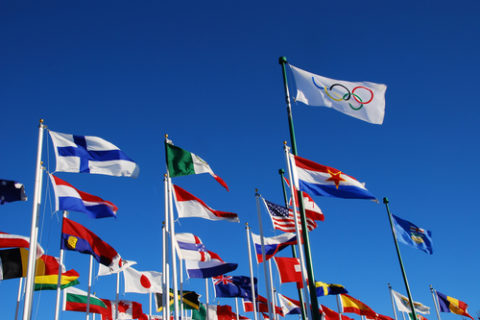Jo Bowman
Why Coca-Cola and McDonalds are investing millions in sponsoring the biggest sporting event of 2014.
The FIFA World Cup is a magnet for sporting excellence, national pride, passion for football, and fun. It’s also a huge draw for big global brands which want to associate themselves with a top-class international event that captures the attention of the world.
IEG estimates that total sponsorship revenue for the 2014 FIFA World Cup will be US $1.4 billion (spread over the four years leading up to the final this July), up from US $1.2 billion for the 2010 World Cup in South Africa.
Coca-Cola is reported to be spending US $31 million to be a FIFA partner for 2014. Scott McCune, Coca-Cola vice president global partnerships and experiential marketing, says the sponsorship is about recruiting the next generation of Coke consumers by getting them to fall in love with the brand. “One of the ways that we do that is to tap into consumer passions, and where there’s a fit with the brand, then we build on that passion in a way that provides consumer experiences and content that’s so compelling they’re going to want to engage in it, share it and really think of it as adding value to the consumer through that experience,” he says.
“When you look across the world at consumer passions, the two things that resonate almost everywhere are music and football.” The brand’s association with popular music is well documented, and its links with football go far beyond the once-every-four-years main event. “One of the great attributes of football is it’s for everybody, and FIFA would say it doesn’t matter what race you are, what political views you have, what your social status is,” McCune says. “When you think about Coca-Cola, it’s about happiness; it’s about bringing people together.” The strategic link between Coke and football is shared passions.
In roughly 90 countries, Coca-Cola has set up youth football clinics and other grassroots footballing activities at what McCune describes as the bottom of the footballing pyramid. The brand also supports local leagues further up the pyramid. At its peak are national teams and the FIFA World Cup. “You have a lot of football fans around the world, and we provide experiences for them every single day,” McCune says. “When you get to the World Cup, the target broadens out significantly. It’s not just the avid football fan, now the whole family gets engaged around the FIFA World Cup, so we look at that as an opportunity to continue our strategy – but to a much broader audience. And it’s relevant to every country around the world.”
Jim Andrews is senior vice president content strategy with sponsorship consultants IEG. He says demand for association with a global sporting event – as compared to a team or an individual athlete – depends on the needs and attributes of individual brands. “There are advantages to team-level sponsorship: you’re able to make a commitment to support a country or club, and that can be very powerful, because there’s most often more fan loyalty around a team than for the event itself. You’re passionate about the GB team or the US team,” he says. “With an event, especially a global event like the Olympics or World Cup, that’s a very unique platform for global brands. There are only a handful of properties that will allow you to have a global campaign built around it. It’s hard to do that with an individual or a team.”
If you’re an ESOMAR member you can read the full interview in MyESOMAR in the digital copy of Research World. If you are not a member of ESOMAR you can join and receive a free copy of Research World 6 times a year or alternatively you can sign up for a subscription of the magazine in our publications store.


